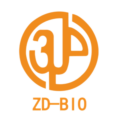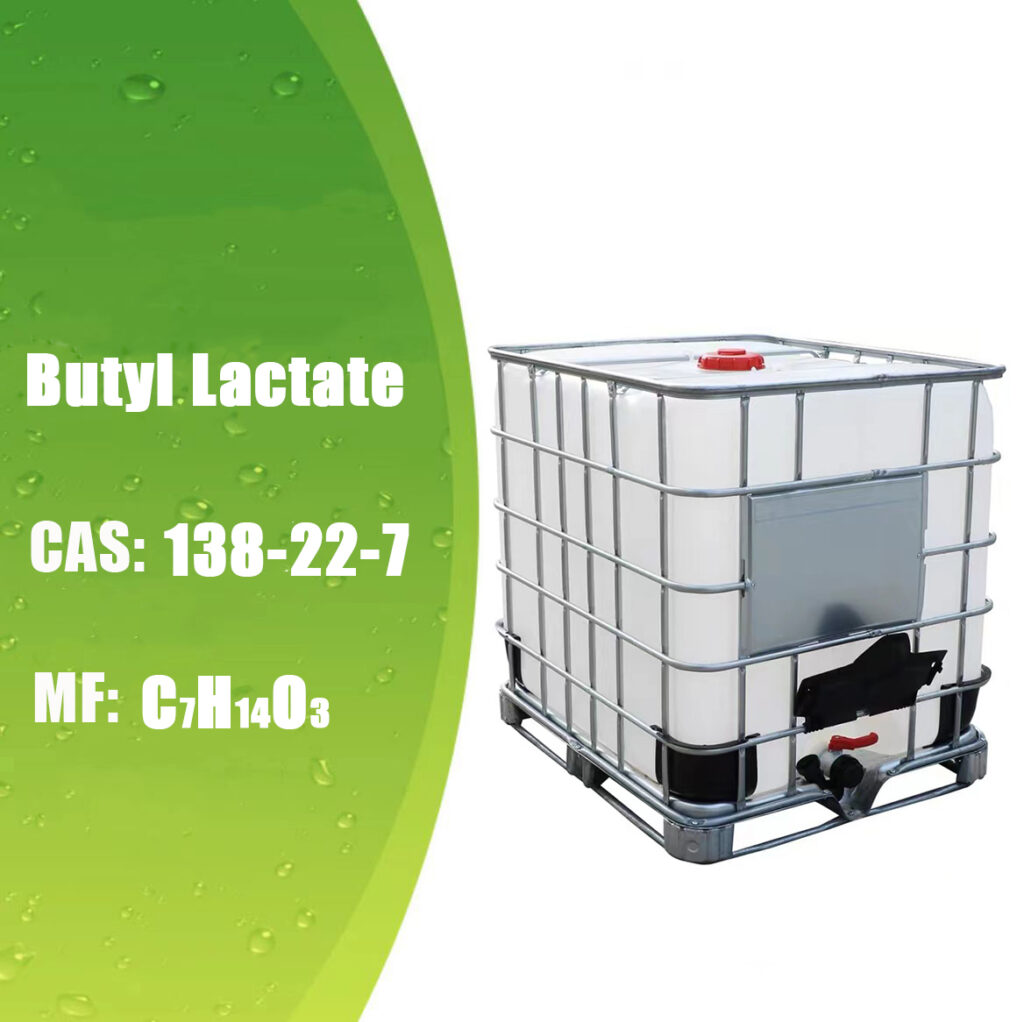In the vast field of chemical materials, butyl lactate may not be as widely known as some common substances, but its unique properties and extensive applications—especially its critical role in the ink and coating industry—make it an indispensable member of the field.
Butyl lactate, also known as α-hydroxypropionic acid butyl ester, has a CAS No. of 138-22-7, with a molecular formula of C₇H₁₄O₃ and a molecular weight of 146.21. It appears as a colorless liquid with a faint odor that is hardly noticeable unless smelled up close. It has a melting point of -43°C, meaning it remains in liquid form at room temperature, and a boiling point of 188°C. Its relative density (water = 1) is 0.984, and its relative vapor density (air = 1) is 5.04. The saturated vapor pressure at 20°C is 0.053 kPa, its flash point is 69°C, and its autoignition temperature is 382°C. Butyl lactate is slightly soluble in water but readily miscible with alcohols and ethers.
Chemical Properties and Stability
Butyl lactate exists in three isomeric forms, all of which have a sweet, fruity aroma and are highly miscible with various paint solvents and vegetable oils. Chemically, it is relatively stable, poorly soluble in water, and not easily hydrolyzed. However, at 180°C, prolonged exposure to air gradually oxidizes it into pyruvic acid. When hydrogenated at 225°C and 15-20 MPa in the presence of a copper-chromium catalyst, it converts into propylene glycol. Additionally, when reacted with ammonia, it forms lactylamide and butanol. These characteristics provide butyl lactate with extensive application opportunities, with the ink and coating industry being one of its most prominent fields.
A Pioneer in Environmental Protection: Aligning with Green Development Trends
As environmental awareness continues to deepen, the ink and coating industry is facing increasingly stringent environmental regulations. Traditional solvents such as toluene and xylene release significant amounts of volatile organic compounds (VOCs) during use, posing serious risks to both the environment and human health. Butyl lactate, in contrast, is a green and eco-friendly solvent with low volatility, effectively reducing VOC emissions and minimizing air pollution.
From a production perspective, butyl lactate can be obtained through fermentation from renewable resources, making it a more sustainable alternative compared to conventional solvents that rely on non-renewable petroleum resources. Under the global push for sustainable development, this environmental advantage has made butyl lactate highly favored in the ink and coating industry. Many companies have adopted it as a solvent to comply with environmental regulations and enhance the green competitiveness of their products.
Exceptional Solubility: Creating a Uniform and Stable System
Solubility is a key factor in evaluating solvent performance. Butyl lactate boasts excellent solvency, dissolving various natural resins, synthetic resins, and pigments. Compared to conventional solvents, it demonstrates broader solubility and superior dissolution efficiency for different types of resins.
For instance, in alkyd resin-based coatings, butyl lactate dissolves the resin quickly and thoroughly, forming a homogeneous and stable solution. Some traditional solvents may struggle with incomplete dissolution or slow solubility, leading to issues such as particle unevenness and poor stability in coating formulations. Butyl lactate’s outstanding solubility ensures the seamless integration of various components, providing a stable foundation for printing and coating applications and improving the consistency and quality of final products.
Low Toxicity and Safety: Protecting Workers and End Users
The toxicity of solvents is a crucial concern in both production and application. Many conventional solvents pose high toxicity risks, and prolonged exposure can cause dizziness, nausea, respiratory irritation, and, in severe cases, damage to the nervous system and liver. Butyl lactate, on the other hand, is a low-toxicity solvent, significantly reducing health risks for workers and end users.
In ink and coating production, using butyl lactate as a solvent helps create a safer working environment, reducing occupational disease risks. Additionally, in final ink and coating products, its low toxicity ensures higher consumer safety. For example, in interior decorative coatings, butyl lactate can help minimize indoor air pollution, contributing to a healthier and more comfortable living environment.
Moderate Volatility: Achieving a Balance Between Process and Quality
The evaporation rate of a solvent plays a crucial role in the drying performance and application of inks and coatings. If the evaporation rate is too fast, coatings may dry too quickly during application, resulting in poor leveling and uneven film surfaces. Conversely, if it evaporates too slowly, drying times are prolonged, reducing production efficiency.
Butyl lactate has a moderate evaporation rate, ensuring that inks and coatings dry efficiently while still allowing adequate working time for proper application. This helps achieve uniform coating distribution, forming smooth and even film surfaces.
For instance, in automotive coatings, butyl lactate ensures that the paint levels smoothly after spraying while allowing sufficient drying time for proper curing. This not only enhances coating efficiency but also improves surface quality and aesthetic appeal.
Conclusion: A Promising Future for Butyl Lactate in the Ink and Coating Industry
With its eco-friendliness, excellent solvency, low toxicity, and balanced volatility, butyl lactate has established an irreplaceable position in the ink and coating industry, injecting new vitality into the field.
Looking ahead, butyl lactate holds tremendous potential in the industry. Driven by technological innovation and evolving market demands, it will continue to expand its applications, enhance product performance, and contribute to the green and sustainable development of the ink and coating industry.

